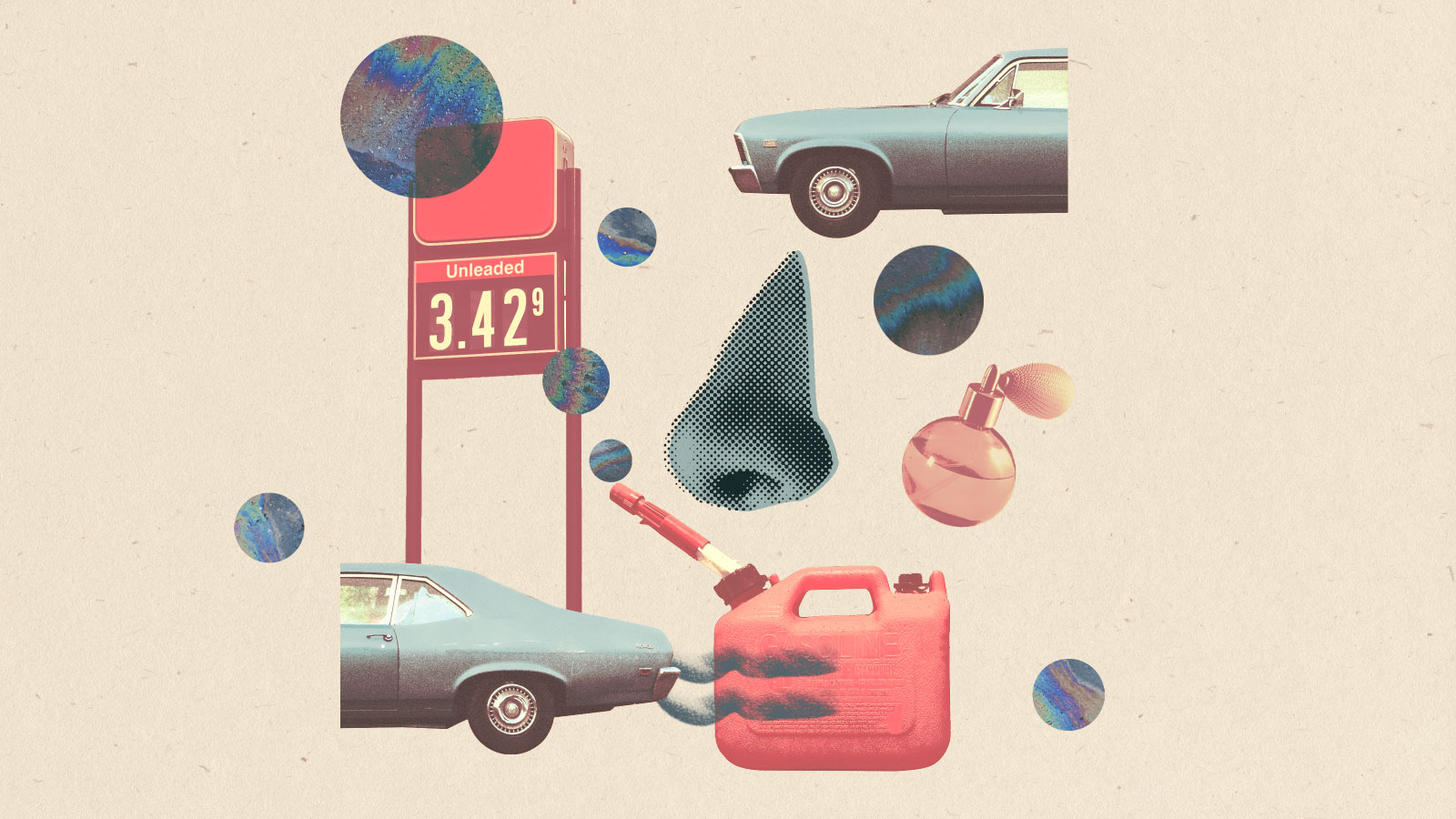This story is part of Grist’s Coming to our Senses series, a weeklong exploration of how climate change is reshaping the way we see, hear, smell, touch, and taste the world around us.
It was an assignment that Pia Long, a perfumer and the co-founder of the London fragrance company Olfiction, couldn’t turn down. An ad agency asked her to create a scent that would evoke the experience of being in an old gasoline-powered car. The fragrance was intended for “petrolheads” who would miss the smell when driving their new electric vehicle — a marketing stunt for Ford’s all-electric Mustang Mach-E GT.
Long’s mind immediately started buzzing. She had just finished reading Nose Dive: A Field Guide to the World’s Smells, by Harold McGee, which talked about the chemical composition of everyday smells, both natural and industrial: car interiors, old carriages, and horse stables.
When it came to crafting the scent, using the compound behind the signature smell of gasoline — a carcinogenic chemical called benzene — was out of the question. “Obviously, I can’t use anything that would smell like benzene in the perfume, because that would be toxic,” Long said. “How chemistry works is if it has the same properties, then it’s probably the same properties for safety too.”
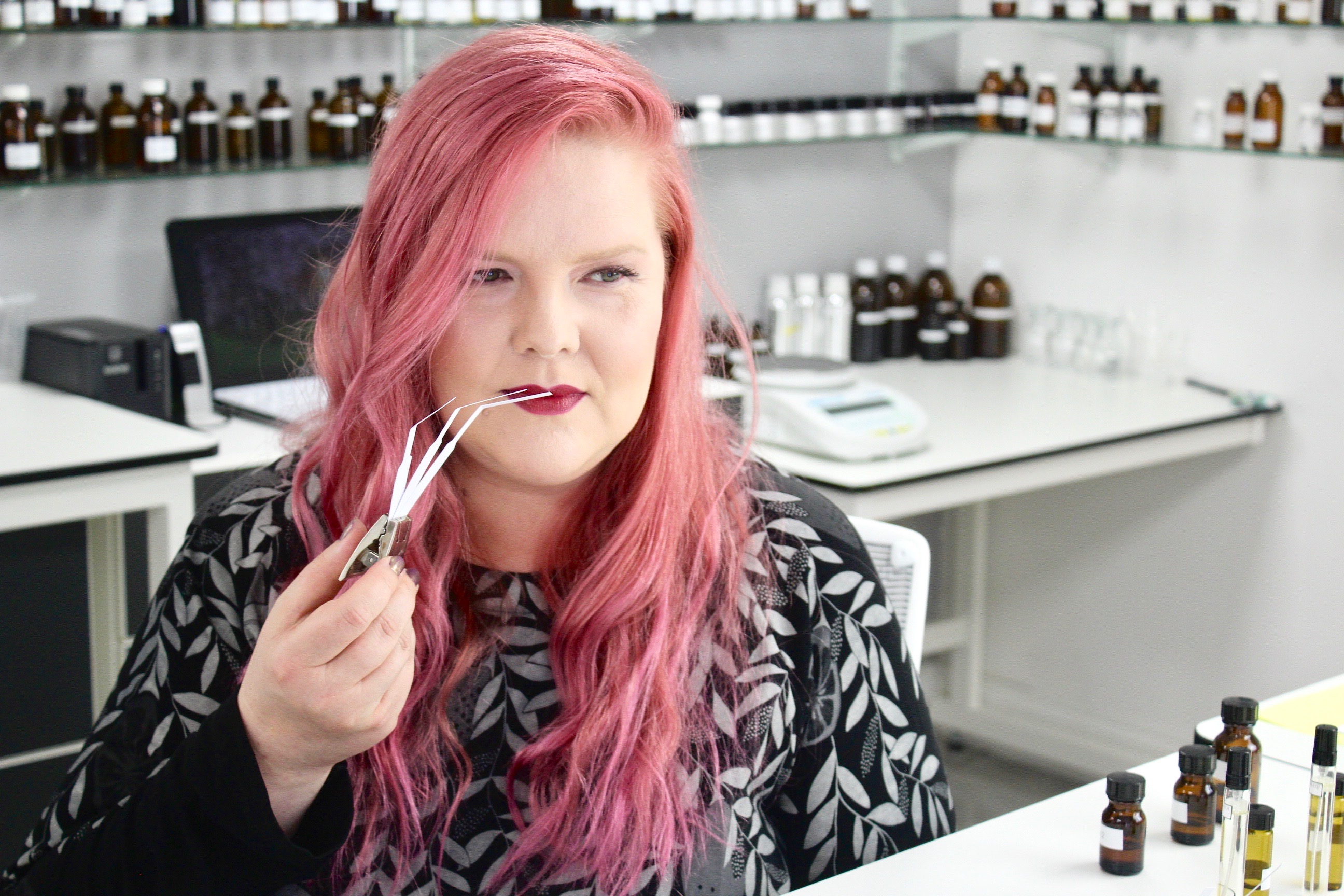
This made replicating the smell of a gas-powered car a challenge. Long created the scent version of a mood board, looking for ingredients that would evoke rubber, leather, pleather, plastic, smoke, keys, and horses (this was meant for Mustang, after all). She went overboard on ginger oil, a scent that smells like burnt rubber in excess; she also used benzaldehyde, which leans toward almond but in higher amounts smells “almost dangerous.”
Ford sent the resulting fragrance, called “Mach-Eau,” to dealers and motorsports events like the Goodwood Festival of Speed in the United Kingdom. But the limited-edition scent stirred up larger demand, and bigger media reception, than anticipated. “We were inundated with requests for samples from all over Europe and the U.S.,” said Anna Stanley, a senior associate director of communications for Ford Europe. Multiple people emailed Olfiction with similar requests, having sniffed Mach-Eau at a festival or read about it online, but Long had to turn them away since it wasn’t for sale.
I was lucky enough to get a sample. When the vial of Mach-Eau finally made it to my door, the predominant scent, to my untrained nose, was a musky perfume; but once I rubbed it in on my wrist, the aroma transformed into something more intriguing and complex. My friends and I attempted to describe it: “an expensive car,” “a sauna in the mountains,” or “like sitting in a plastic lawn chair” — a piney, rustic smell with a hint of something sweet (vanilla? licorice? baby powder?) and notes of plastic and varnish. It didn’t really smell like gasoline. It smelled more like the feeling of gasoline — a sentimental longing for days gone by.
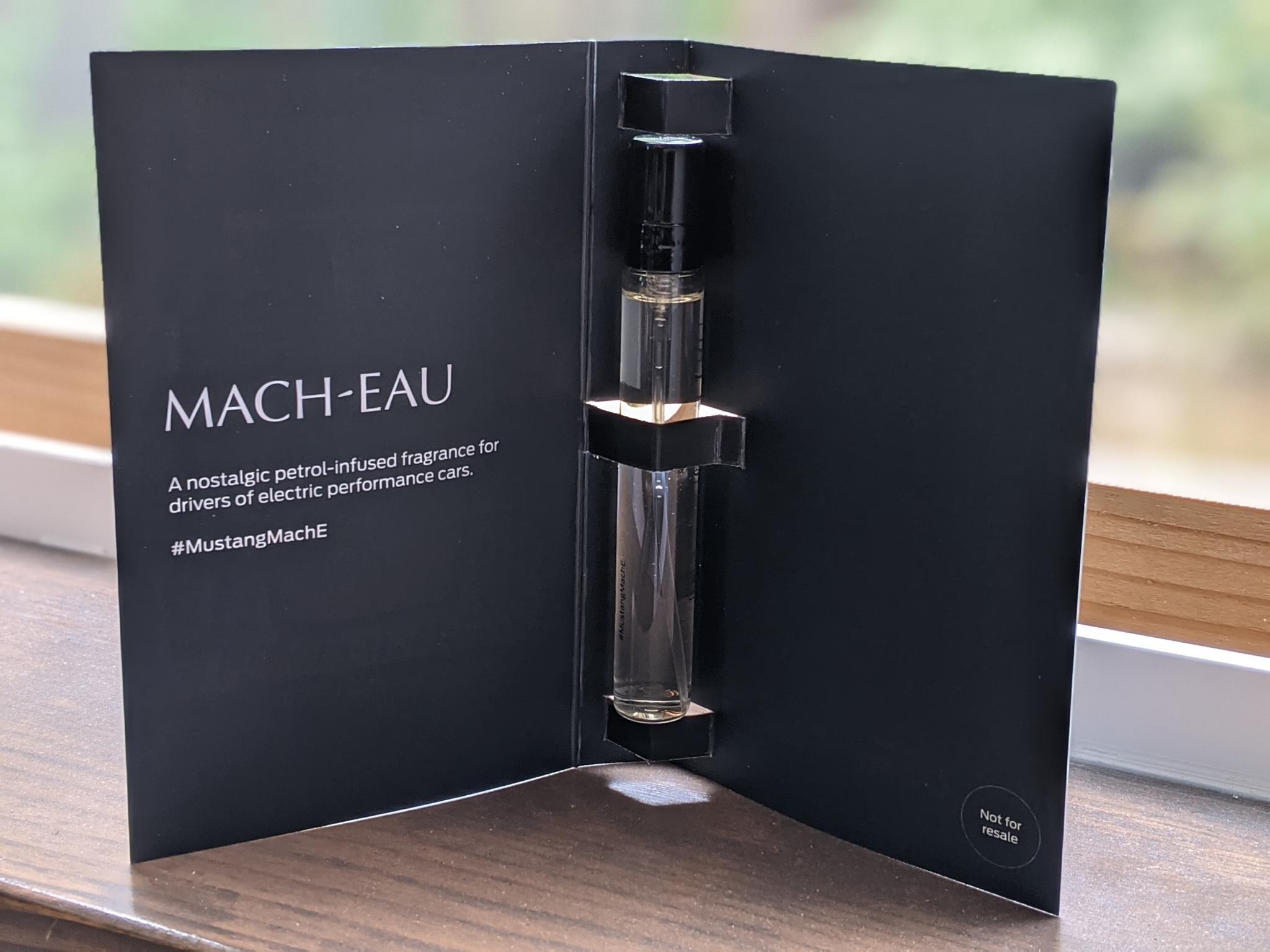
It’s amusing to imagine that electric cars need a special scent to compete with gas-powered ones, but there might be something to the idea. While the adoption of electric cars is speeding up, implementing this widespread change in Americans’ primary mode of transportation is meeting some resistance. Some of it’s due to logistical obstacles, like backlogged supply chains, a lack of charging infrastructure, and high sticker prices. But it’s becoming apparent that there are also psychological and cultural barriers to contend with. A recent study published in the journal Nature Energy found that many people mistakenly thought that electric vehicles were too limited to support their daily transportation needs, underestimating how many tasks the cars could accomplish by as much as 30 percent.
Nostalgia, too, is a mental block in the shift to electric vehicles, if today’s marketing is any indication. Last decade’s electric vehicles, like the Chevy Volt, were advertised with scenes of lightning bolts and electrical outlets in commercials that emphasized the newness of the technology, with slightly underwhelming sales results. But more recently, automakers have been leveraging the familiar, remaking old favorites into new battery-powered versions. By the time Ford released the long-awaited electric version of its F-150 truck — the most popular vehicle in the U.S. of all time — this spring, demand was so high that the waitlist was up to three years long. Or consider Electrify America’s 2019 advertising campaign “Normal Now,” which used vintage photos and retro typefaces to assure people that electric cars were headed the way of computers and cell phones.
The question is, will an electric car ever smell as good as the gasoline it doesn’t need?

Gasoline forms part of the backdrop of American life, so ubiquitous it often goes unquestioned. It’s the type of fossil fuel that people handle most intimately. More than 90 percent of U.S. households have access to a car, and the vast majority of vehicles on the road still run on gasoline. By comparison, only about a third of Americans cook on stoves powered by natural gas.
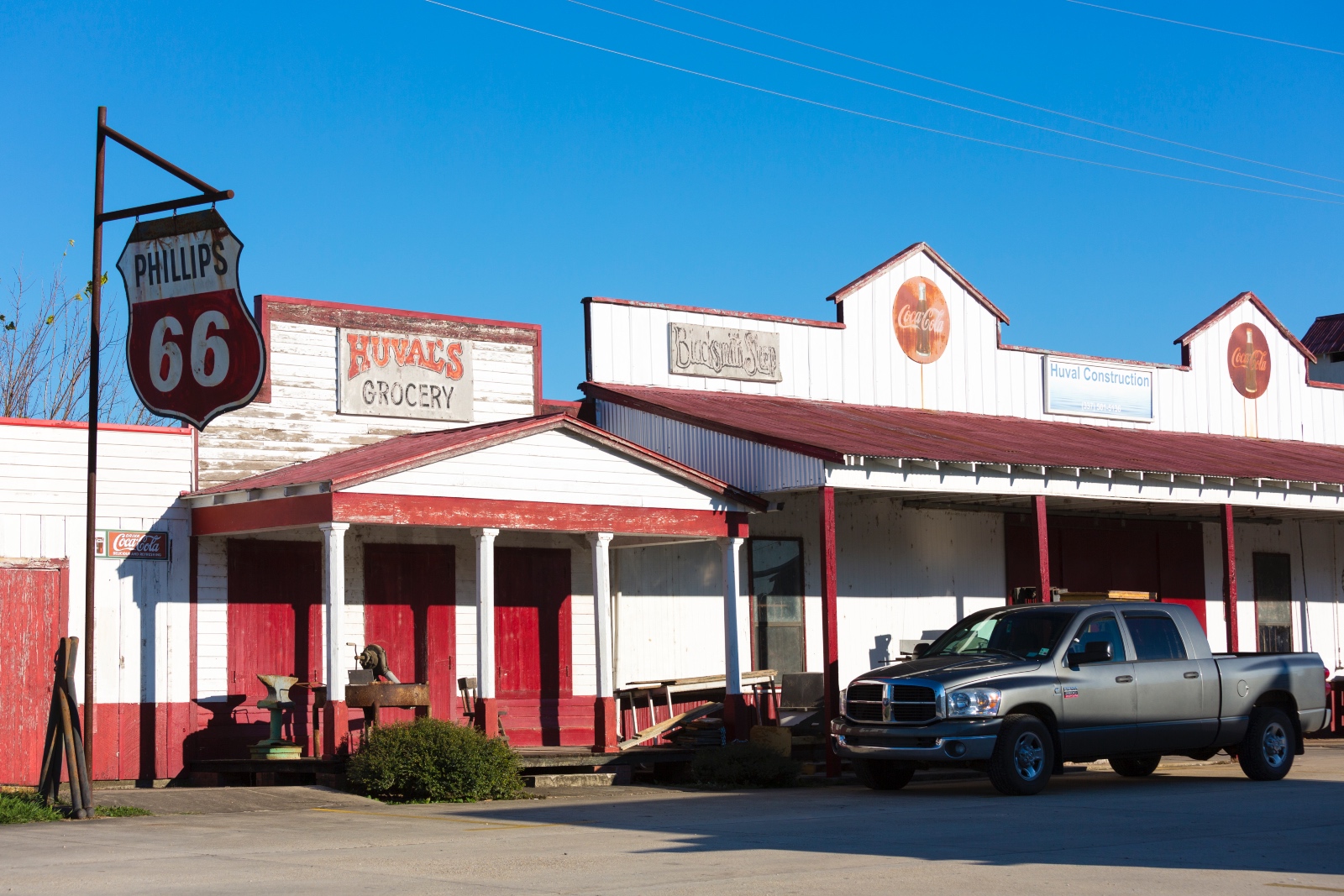
There’s a cultural “force field” surrounding the fuel, according to Matthew Metz, the founder of Coltura, a nonprofit that’s trying to speed up the shift away from gasoline. “If you actually look at a gas station, you won’t see the word ‘gasoline’ written almost anywhere,” he said. Academic research on the substance is spotty; climate activists don’t usually protest against gasoline specifically, despite that it’s responsible for a fifth of U.S. carbon emissions. All of the headlines about soaring gas prices and “pain at the pump” seem to take it for granted that everyone’s constantly filling up their tanks. “Even though gasoline is like one of the biggest commodities, one that is indispensable for American life, in some ways we’re blind to it,” Metz said.
Its potent scent, on the other hand, is hard to ignore. Catching a whiff of gasoline takes me back to my childhood, to the northern Indiana gas stations where my mom would fill up the tank of our family’s Toyota Previa. (I nicknamed it “the Previ” after the final “A” eventually fell off the long-lived silver minivan.) I’d wait patiently in the van, watching traffic go by, unbuckled in my seat and breathing in the strange perfume. My family told me that I was losing brain cells, but I liked the smell of gasoline anyway.
I’m not the only one. Lizzo likes the smell. So does Kim Kardashian. It’s a controversial odor, much like Sharpies, fresh paint, or Play-Doh, bound to either pique your nostril hairs or give you an instant headache.
True to the adage that you can find anything on the internet, my Google searches for gasoline-inspired products yielded plenty of results. The Stinky Candle Co. — which prides itself on celebrating “our everyday olfactory experiences” — sells a gasoline candle that reviewers describe as having notes of jet fuel and barbecues. On Etsy, you can find a “race fuel” soy candle, “fuel pump” fragrance oil, and even vegan “gas station” cologne. On the luxury end of the spectrum, D.S. & Durga’s ’85 Diesel candle is intended to evoke the leather seats, lacquered paneling, and “puffs of burning fuel” of a classic Mercedes Benz.
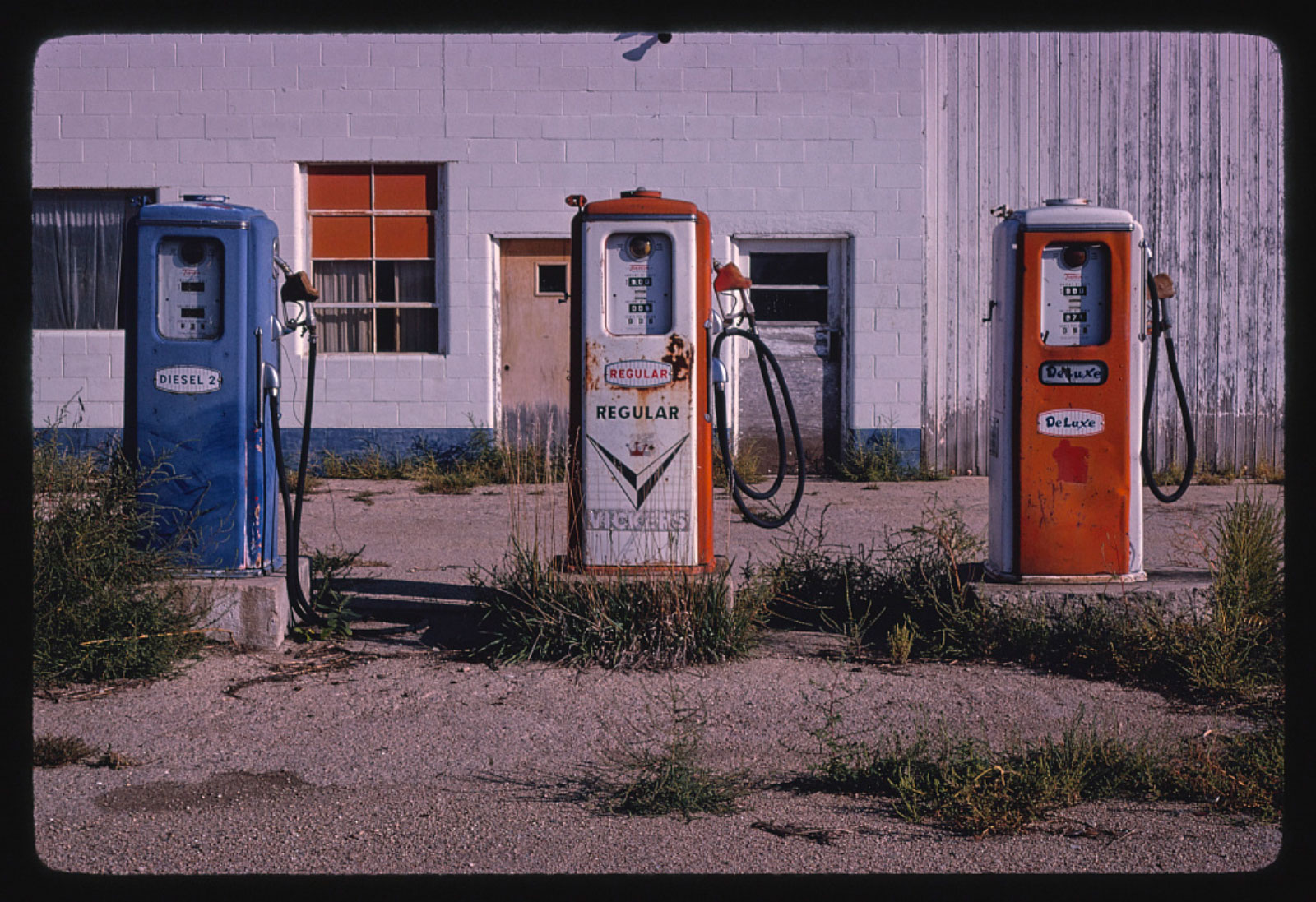
So what is it about gasoline that draws people to its smell in the first place?
One theory posits that the aroma is linked with summertime memories of road trips, jet ski rides, and classic cars. For Long, the smell of gasoline is “a cool, nostalgic smell”: She grew up in Finland in the ’70s, when motorsports were popular and tailpipe emissions were strong, and associates it with her childhood. It’s also possible that gasoline unconsciously reminds us of other early experiences. Benzene is one of the 20 most widely used chemicals in the United States, according to the American Cancer Society, and has made its way into many detergents, pesticides, and plastics — so some have suggested that people could be associating it with that “new toy” smell of childhood.
Then there’s the theory that gasoline might even act like a drug. When you breathe it in, benzene has a suppressing effect on your nervous system and activates the brain’s reward pathway, delivering a dopamine boost. It can result in a short-lived, almost euphoric feeling. In larger doses, it can also get you high, which is why gasoline is classified as an inhalant by the National Institutes of Health.
For the marketing team at Ford, however, the smell of gasoline is strongly linked with notions of power. Part of the reason they commissioned Mach-Eau was to bust the myth that “petrolheads” and electric vehicles weren’t compatible, Stanley said, because “many people still don’t associate EVs with power.” In consumer research, the company found that 70 percent of Europeans would miss that signature petroleum scent if they switched to an electric vehicle, with 20 percent saying it would be the main downside. A quarter of respondents said they’d miss the performance of a gas-powered car if they drove an electric vehicle.
There’s something to Stanley’s theory about gas and power, according to Metz, the anti-gasoline advocate. “It’s the power to go wherever we want,” he said. “From a molecular standpoint, it’s extremely concentrated power. The oil industry is power. And so cutting ourselves off from gasoline feels disempowering to people, and they don’t want to deal with it.”
Frankly, there are many reasons to “deal with it.” In addition to heating up the planet, gas-powered motor vehicles are a “leading source” of air pollution, according to the Department of Transportation. They have been linked to a wide range of health issues: asthma, pneumonia, bronchitis, heart attacks, and lung cancer. It’s not only people who breathe near roads who are put at risk: The air inside cars is often even worse, meaning that simply driving around is Americans’ biggest daily exposure to air pollution.
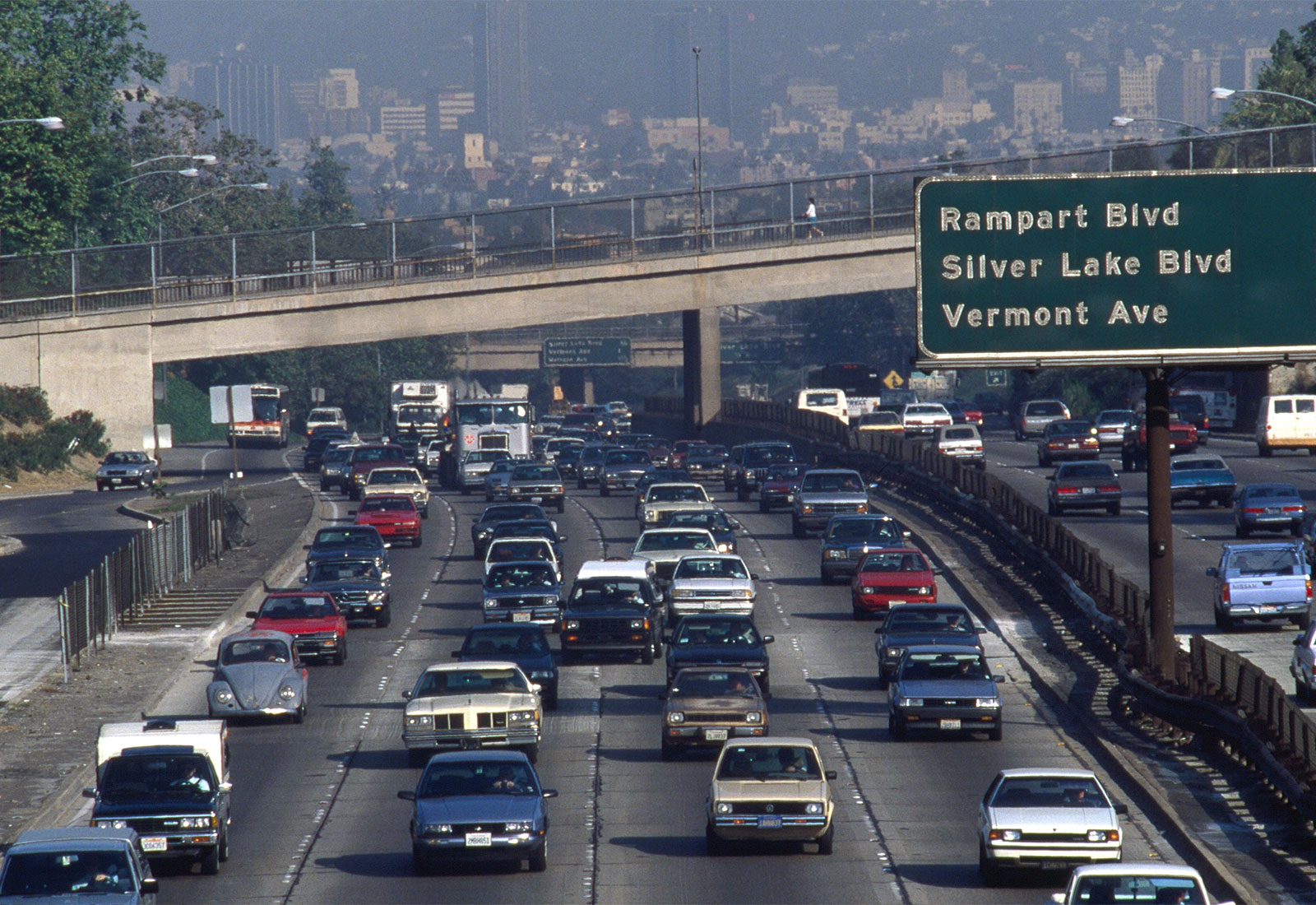
Even the sweet smell of benzene comes with a dark side. “Gasoline is probably the most carcinogenic stuff that many of us deal with on a daily basis,” said Daniel Jaffe, a professor of environmental chemistry at the University of Washington. The World Health Organization says that there is “no safe level of exposure” to benzene. The chemical occurs naturally in gasoline but also gets added in to improve fuel efficiency and engine performance. But since the Environmental Protection Agency started regulating benzene at the end of the 1980s, there’s a lot less benzene in gasoline than there used to be, Jaffe said.
Switching to electric cars won’t fix all the problems of gas cars. For example, tires may produce even more pollution than exhaust, and much of the electric grid still runs on fossil fuels, meaning that charging your car still translates to some carbon emissions. And electric vehicles don’t represent the fundamental shift away from car culture that many environmentalists advocate for — a vision of cities designed around walking, biking, and public transportation.
“To us, EVs are kind of the most practical way for now,” said Janelle London, the co-executive director of Coltura. “But sure, we do dream of a day when we don’t have cars and we can take back the streets.”

New forms of transportation have long had to reckon with nostalgia, or at least people’s affinity for the familiar and what came before. When horse-drawn carriages were replaced with automobiles, inventors struggled to design models that people would accept. These so-called “horseless carriages” resembled their predecessors, with the same buggy-like shape and layout. In 1899, one inventor even put a fake wooden horse head on the front of the car, known as the Horsey Horseless, hoping that the contraption would be less confusing to real horses on the road, which might otherwise get spooked by the strange carriage.
There’s a word for new technologies designed to look like old ones: skeuomorphs. Some observers have pointed out that electric cars are skeuomorphic, too, using nozzles and hoses that resemble gas pumps, even when it might not be an optimal design decision. Automakers have tried to “fix” the strange silence of electric vehicles by mimicking the vroom vroom sound of a powerful muscle car. Tesla’s Model S, for instance, has an option to turn on the revving noise of a Dodge Hellcat, complete with clicking gears. Emerging technology often adapts features of older, familiar objects — or in the case of Ford’s Mach-Eau, even their smells.
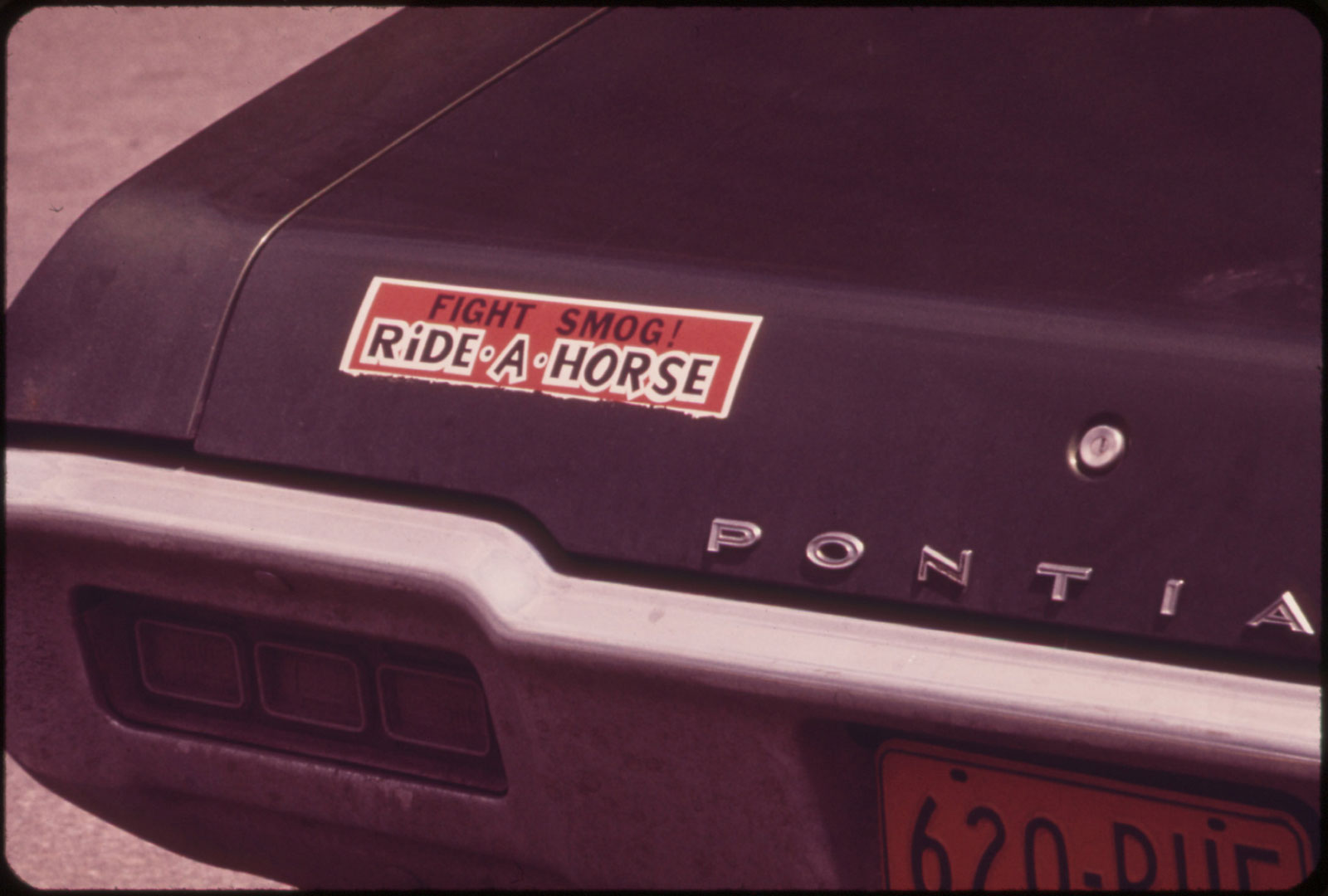
Part of me wonders whether our collective nostalgia for gasoline comes from a hankering for the past, or a deep-rooted fear of the unknown and unfamiliar. Gasoline may remind people of a simpler era, but it’s also making our current moment more complicated, pumping the atmosphere full of even more planet-warming gases. It’s a force that shapes our physical environment as well as our political one.
For those who love the smell of gas, it’s a deeply ingrained appeal. “It’s sometimes really difficult to unpick where that like or dislike comes from, but it’s very instinctive,” said Long, the perfumer. Still, there’s a malleable nature to our perception of different aromas. Long says that working with fragrances all the time has changed her own sense of smell.
Manure, for instance, now conjures thoughts of jasmine and lily of the valley, because both feces and flowers share a common scent compound called indole. “Once you’ve done perfumery for long enough, what happens is if you smell indole, your mind kind of fills in the blanks,” Long said. “You actually end up smelling a flower in your head.” Context, memories, and knowledge can color your experience of any given aroma.
For me, knowing what I know now about its planetary effects, the smell of gasoline has lost some of its allure. It still smells sweet and brings back childhood memories, but it has an undercurrent of destruction. Once you’ve filled in the blanks, it smells like what it is — poison. If I ever get a craving for a whiff of gasoline, from now on, I’ll stick with my sample bottle of Mach-Eau.

